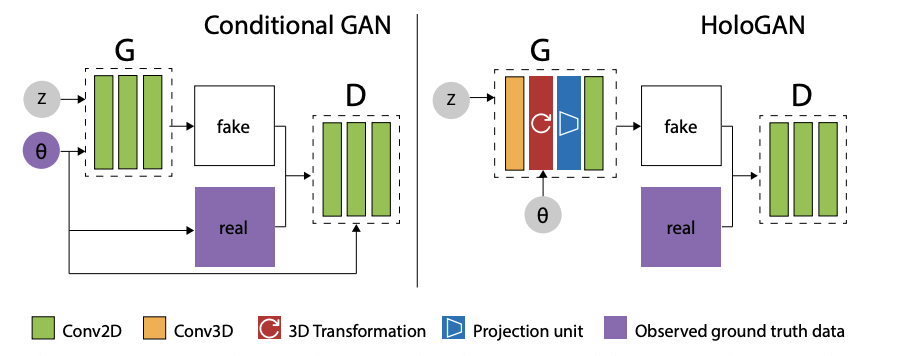1 The Chinese University of Hong Kong
2 Zhejiang University
3 ByteDance Inc.
 |
 |
@article{xu2021volumegan,
title = {3D-aware Image Synthesis via Learning Structural and Textural Representations},
author = {Xu, Yinghao and Peng, Sida and Yang, Ceyuan and Shen, Yujun and Zhou, Bolei},
article = {arXiv preprint arXiv:2112.10759},
year = {2021}
}




Comment: Proposes voxelized and implicit 3D representations and then render it to 2D image space with a reshape operation.